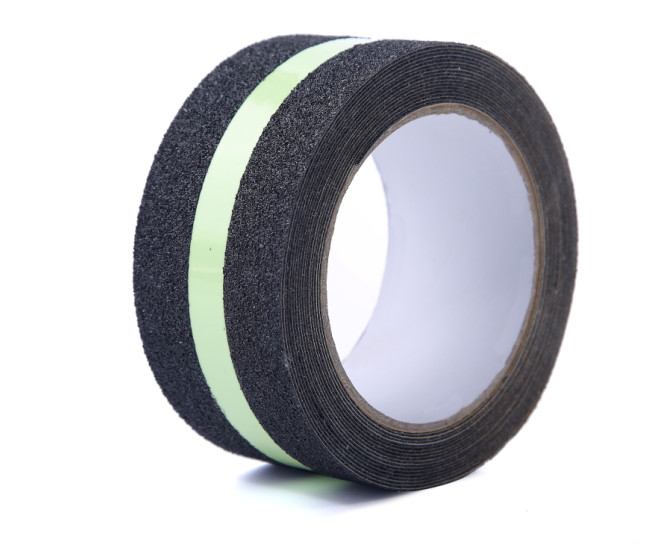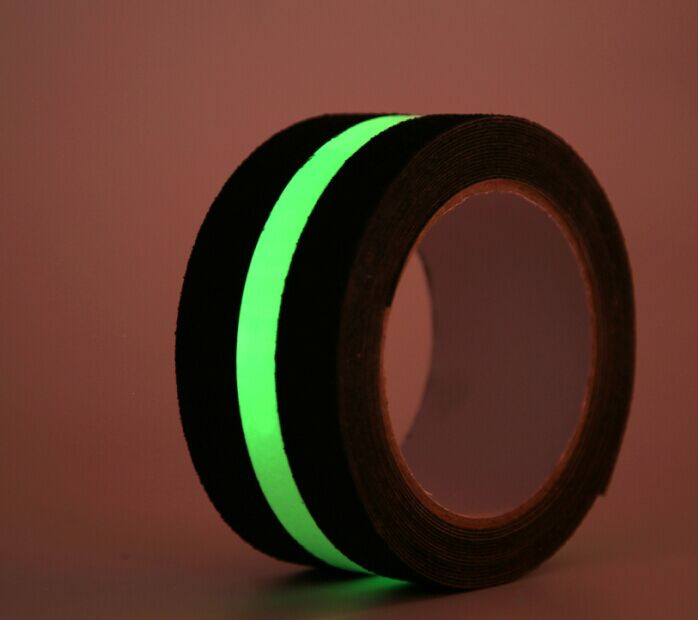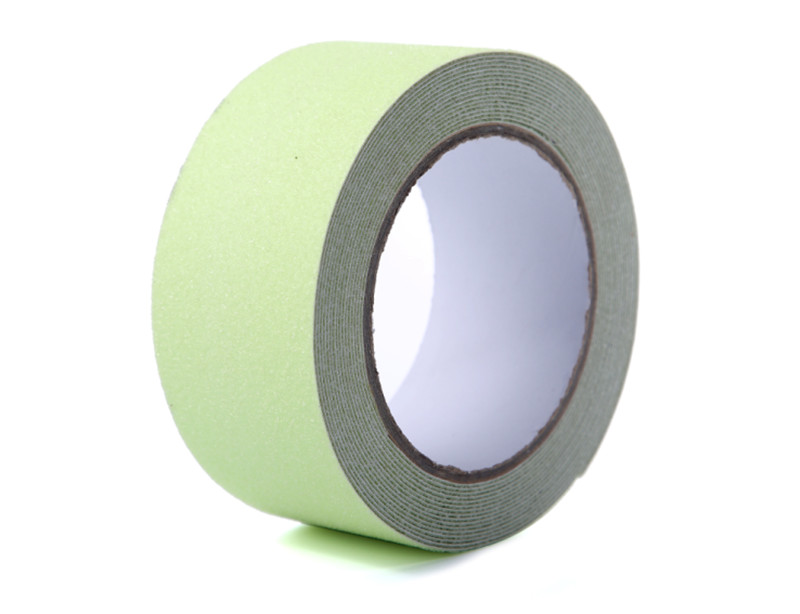Litchi production often faces challenges such as low yield, limited fruit set, or even complete failure in fruit collection. In many cases, the issue isn’t a lack of flowers, but rather the failure of internal and external conditions required for flower bud differentiation, flowering, and fruit development. These conditions are crucial for the normal growth of embryos and fruits, and any disruption can lead to continuous fruit loss or total crop failure. Overcoming this issue—ensuring that flowers actually result in fruit—is a critical technique in litchi cultivation and essential for achieving a good harvest.
First, let’s explore the conditions necessary for healthy fruit development:
1. **Normal Pollination and Fertilization**
Litchi has large inflorescences with numerous flowers, most of which are dioecious and heterozygous. Only after successful pollination and fertilization can the female ovary develop into economically valuable fruit. This process is the foundation for fruit development. To support it, we must create optimal conditions for pollination and fertilization.
2. **Adequate Nutrient Supply**
During flowering and fruiting, litchi requires a steady supply of nutrients, including minerals, carbohydrates, and nitrogen-containing compounds. Without this, fruit development may halt, leading to severe fruit drop. The nutrients come from two sources: those stored in the tree before flowering and those produced by photosynthesis after flowering. Therefore, the amount of stored nutrients and the metabolic conditions during flowering directly affect fruit development.
3. **Balanced Vegetative and Reproductive Growth**
Excessive vegetative growth during flowering and fruiting can consume too many resources, disrupting hormonal balance and reducing nutrient flow to the flowers and fruits. This leads to weak buds and fruit drop. Controlling shoot growth during this period helps maintain a balance between vegetative and reproductive growth.
4. **Suitable Environmental Conditions**
Proper temperature, humidity, and weather conditions are essential for litchi flowering and fruiting. Extreme temperatures, heavy rain, drought, or waterlogging can interfere with pollination and cause physiological disorders like fruit cracking and drop.
Next, let’s look at the causes of physiological fruit drop:
During the fruiting period, litchi may experience several peak shedding periods. The first occurs 7–12 days after flowering, mainly due to poor pollination. The second happens around 25 days after flowering, when the endosperm degenerates, affecting embryo development and causing fruit drop. The third peak appears 50–55 days after flowering, when fruit flesh grows rapidly and competition for nutrients increases. Other factors include disease and pest infestations, as well as environmental stressors like excessive rain or insufficient nutrients.
To improve fruit setting and increase yield, several key techniques are used:
1. **Cultivating Strong Inflorescences**
Healthy parent shoots are essential for strong flowering. Techniques like using special flower promoters and controlling shoot tips help produce short, strong spikes with high female flower ratios.
2. **Controlling Flowering and Fruit Set**
Adjusting the timing and volume of flowering through pruning and chemical treatments ensures better nutrient distribution and higher female flower proportion.
3. **Enhancing Pollination**
Bees and artificial pollination methods are used to ensure effective pollen transfer. Proper timing and conditions are critical for successful pollination and fertilization.
4. **Regulating Tree Growth**
Controlling spring shoots and applying balanced fertilizers (with more phosphorus and potassium) helps direct energy toward fruit development.
5. **Girdling**
Girdling is an effective technique for fruit retention, especially on vigorous trees. It restricts nutrient flow to the roots, encouraging more energy to go toward fruit development.
6. **Using Growth Regulators**
Spraying growth regulators at key times helps reduce fruit drop. The right combination and timing are crucial for success.
By implementing these strategies, litchi growers can significantly improve fruit set, reduce losses, and achieve better yields.
Glow anti slip tape
Glow anti slip tape from Jerrytape is based on high durability PET
material, coated with long lasting solvent acrylic tape, planted with
selected emery grit and combined with bright glow in dark strip. It has the
features of good adhesion, super good durability, water proofing and glowing in
dark. It`s perfect to be used in dark places, to resist your loved ones from
skidding. The material is environmentally friendly, can pass REACH certificate.
Our glow anti slip tape is much more durable than many other similar products
in the market, service life is 2 years, can withstand 100000+ tramples. We use high quality glow powder to the tape, only need to charge under natural light or sunlight or lamplight for 30minutes, it can glow for 4 hours. Light absorption and luminescence can be repeated.




Glow anti slip tape,Glow in dark anti slip tape,luminous anti slip tape,anti slip glow in dark tape,non slip glow in dark tape
Kunshan Jieyudeng Intelligent Technology Co., Ltd. , https://www.jerrytape.com



